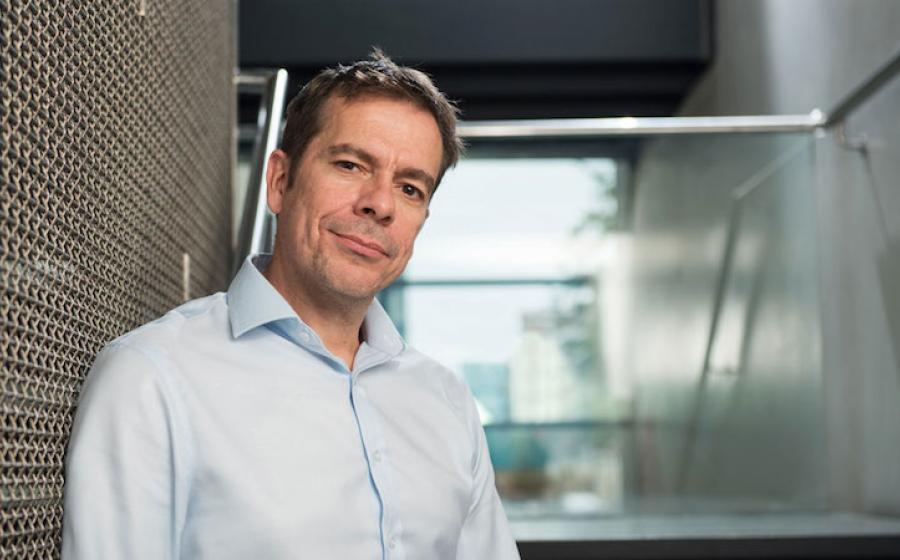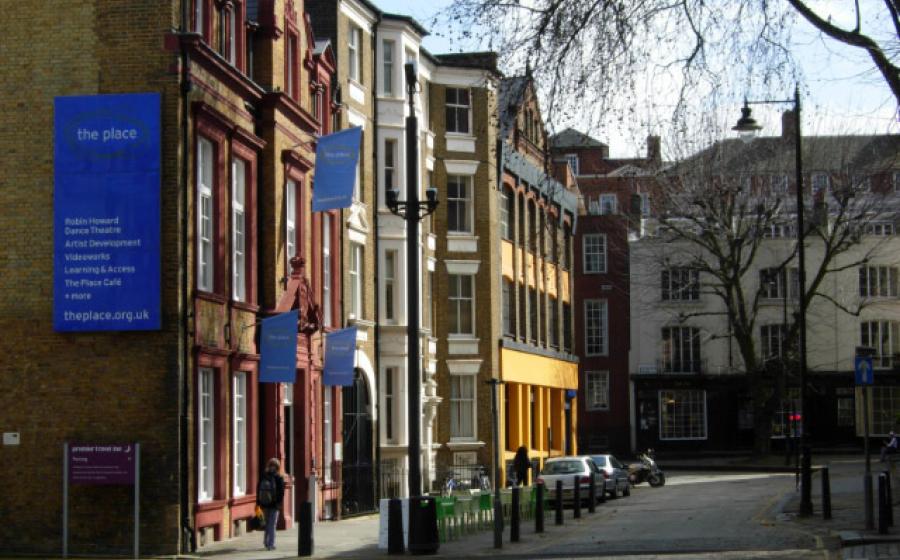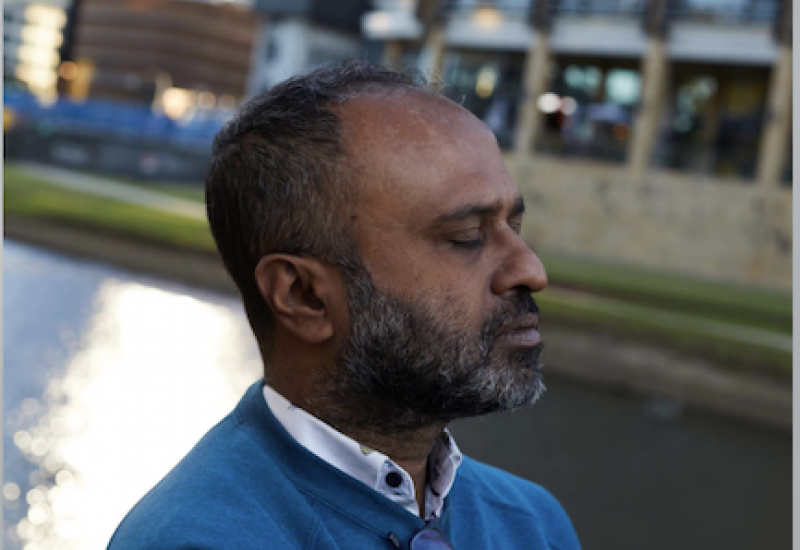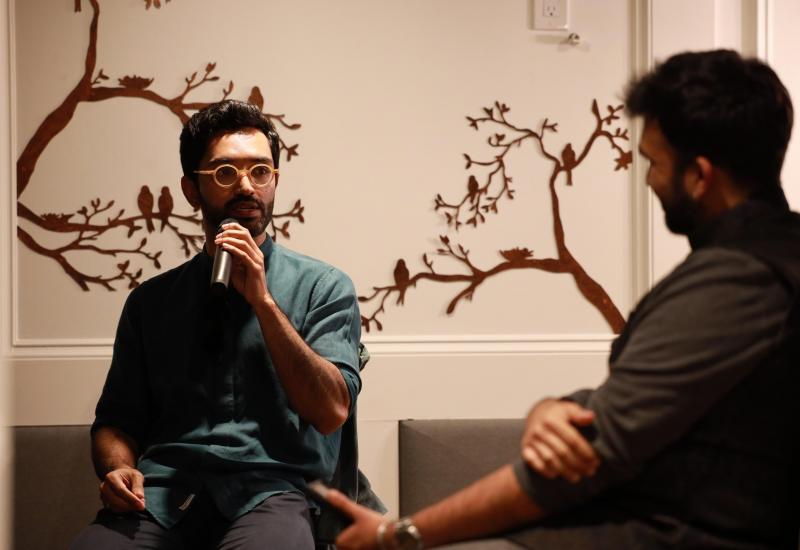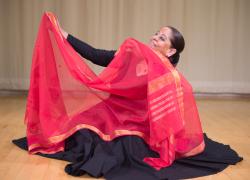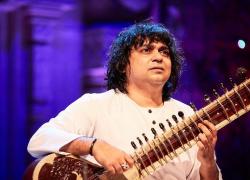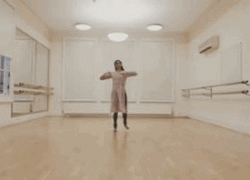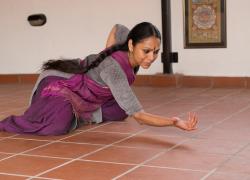Inside The Institution: The Place
In what way would you say London is an idiosyncratic region in the dance landscape? Or is it fully comparable to other places?
I don’t think it’s necessarily special or unusual. Yes there are lots of cultural influences operating, and lots of music, media and other types of performance and art. The volume of young people is higher. There are more resources, there are lots of people competing to create, there are audiences. But each scene depends on the artists and organisations that work there; they make the scene. There’s far too much movement of people and ideas and work, for there to be a distinctly ‘London’ feel.
How do you think that you are influencing the meaning of ‘contemporary dance’?
I think it’s really important to highlight here that because one person’s perspective is always going to be limited, we have a team of people who work on the programming for The Place. As an individual you can be at risk of locking into your own preference, or your own agenda, if you’re trying to champion for political and social reasons. Plurality is very very important.
I’m really curious how the programming process works then. How does the programming team work together, practically?
The team watches lots of stuff, and we have different mechanisms. We look at applications, like for Resolution and Choreodrome. We have ongoing relationships with artists who we may have followed from their initial research into an idea. We have pieces that we just see and think, 'we want that'. Artists also pitch to us about shows they are making.
How do you consider the audience when programming?
The audience is pretty much at the centre of our work. We’re programming to constantly broaden who might feel invited to come to the theatre. We are deliberately questioning, 'Does this enable us to reach out to a different group of people?' If we feel like we are engaging a new audience group, 'how do we stay connected with them?'
I would like to talk about the South Asian (SA) dance that The Place has programmed recently - would it be fair to call it a re-emergence of SA dance on the contemporary dance scene?
There is a generational movement that’s allowed us to put on a bunch of stuff recently. Of course there’s the generation of Suba [Subathra Subramaniam] and Mayuri [Boonham] - they’ve more or less presented their work regularly - but more recently, we’ve had Seeta [Patel], Shane [Shambhu], Divya [Kasturi]. It’s wonderful that there is this cohort of choreographers who are creating work that fits into our regular programme. And by that, I mean, it’s work that is easy for us to talk to our audiences about. There is something generational about how long it takes choreographers to position themselves in that way.
Could you elaborate on what you mean by that? Position themselves in what way?
I suppose I mean in being able to widely tour their work and successfully communicate their ideas - it’s generational in that it’s unlikely that success is going to happen quickly. Maybe it’s the fifth or sixth piece that someone makes. The process of making and crafting takes years, decades actually. It’s like music, sometimes people get a hit record with their first single but not always! Obviously we each have limitations with how long we can keep going and committing to this process.
That’s not to say that you need to be an established choreographer who’s made lots of work in order to be programmed. If you asked mid-career artists their views, I’m sure many would feel that the industry has more of an appetite for younger work and that they are offered fewer opportunities. So it works both ways.
What direction do you see, or want to see SA dance going?
To be honest, if I thought I knew where it was going then it would be really dull. Because what do I know? You want the cultural shifts to be made by the artists themselves, the people who are actually busy with it. And even if I did have a vision or idea for what SA dance would look like in the future, I’d hope that idea is proven drastically wrong.
It would be really presumptuous for me to think that I know where the art forms should go. There’s the fact that I’m fifty, but also that I’m aware of my specific lens and the limitations of it. Even though the SA artists we have here are British, you’d hope all their various influences and unique points of reference would spin them off in wildly different directions.
The unpredictability of what will happen is what makes something alive. It is not about trying to recreate aesthetics or trying to make what people expect you to be making. Artists now are growing up in a world different from that of fifteen years ago, and this is the world that should be reflected. There’s no reason why your generation of dance-makers would make stuff like the makers that are fifteen years older than them.
That’s really refreshing to hear. There can be a preoccupation with the ‘authenticity’ of new SA dance work - it’s insidious and affects the ease with which artists can take risks.
I really hear you. I see this everywhere. Artists bringing in teachers to the studio while they’re working, juniors turning to seniors for validation. Of course there’s merit in having a critical eye, but it can perpetuate old ways of working when your teacher is watching you work. In certain institutions, some individuals have lasting tenure and get to have the say on what makes ‘good’ work - this means that unfortunately when people can’t fulfil that specific vision, they leave or stop making work altogether. That’s actually something that’s relatively healthy about the UK - choreographers don’t run the scene here, like perhaps in France where they do.
In your opinion, what are the main challenges that the SA dance community faces?
There are lots of things that we could talk about here - important things like digital culture and how to embrace that, for example. But I think the biggest shared challenge across the dance world is the economic climate. It’s becoming more complicated to function as an artist in a professional way - where you can devote your time to working on your art in a full-time way. Opportunities to perform have decreased recently, and yet it takes more than two or three performances of a work for a maker to really understand it. I’m talking about the world beyond getting funding - do the venues have resources to host your work, do audiences have interest and resources to keep watching?
We spoke about the long time it takes to get good at making - it’s difficult to sustain yourself over such a long period of time. Everyone has limitations on how long they can keep going with this process. For artists, the question is going to be, how does one adapt to the economic circumstances? It takes time to make work, so how do you give yourself the time and space to do it? As venues and institutions, it’s about figuring out how we can continue to have resources to support people through this process.

